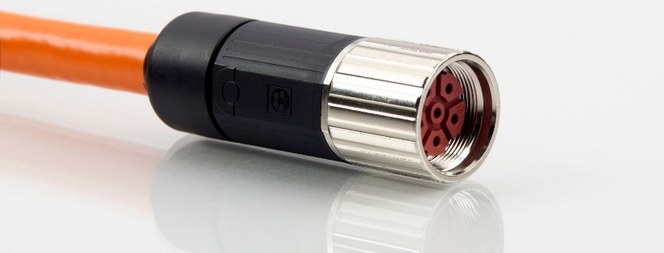- Home
- About
- Products
- Product Testing
- Application
- Services
- Information
- Contact
Views: 1635 Author: Site Editor Publish Time: 2020-04-04 Origin: Site

To understand the purpose of the three wires connected to the reactive power compensation connector, we must first understand the structure of the connector, in fact, it consists of three parts:
1. The connector part is the AC connector of the CJX2 series. For example, the connector of the CJ19-3211 is the CJX2-2510 as the basic connector.
2. The contact, that is, the white auxiliary contact on the connector, is composed of three energized normally open contacts and one normally closed contact. Due to design factors, it is greater than the main contact of the main connector when it is energized.
3. The damping lines, that is, the three lines. It is actually a wire with a large resistivity, also known as a resistance wire, which is equivalent to a high-power resistor, and its role is to suppress the current.
We know that a capacitor is an energy storage element. Its basic characteristics are: AC resistance and DC resistance, high frequency resistance and low frequency resistance. Its current is 90 degrees ahead of voltage and the physical characteristics of the inductor are exactly the opposite. So it is used to compensate the reactive inductive load in the offset line. Knowing the characteristics of the capacitor, when the capacitor is working, it is an energy storage element. When it is powered on, it will inevitably generate a large charging inrush current. Its current is generally dozens of times the rated current of the capacitor. During the charging cycle, it decays until the normal working current, this inrush current is very fatal to the service life of the capacitor, because the line load change will cause the reactive power of the line to change. It is necessary to constantly adjust the input and cut off the capacitor compensation group to achieve the best compensation effect.
After the capacitor connector is used, the auxiliary contacts and damping wires on the connector are first connected to the AC contact for a few cycles of AC power. The damping wire is used to suppress the surge of the capacitor to protect the capacitor, increasing the life of the capacitor.
This connector for reactive compensation switching capacitors has basically the same geometry and appearance as the commonly used connectors, with only three pairs of auxiliary contacts. Why is there still three normally open auxiliary contacts?
That is actually a current-limiting resistor. At the moment when the capacitor is powered, the capacitor will generate a large charging current, it is called inrush current, which means that the instantaneous current is large. This current can be dozens of times the rated current of the capacitor. Such a large instantaneous current causes damage to the connector contacts, capacitors and other electrical components of the switching capacitor, and also affects the system. In order to limit this inrush current, the current limiting resistor was added. The current-limiting resistor first turns on the power and the capacitor. Due to this resistor, the inrush current can be limited to three to fifty times,then the main contact of the connector is closed.
The reactive power compensation connector are used in terminal connectors, cable connectors, etc,. Knowing the characteristics of the connectors can help you use the terminal connector or the cable connector well.